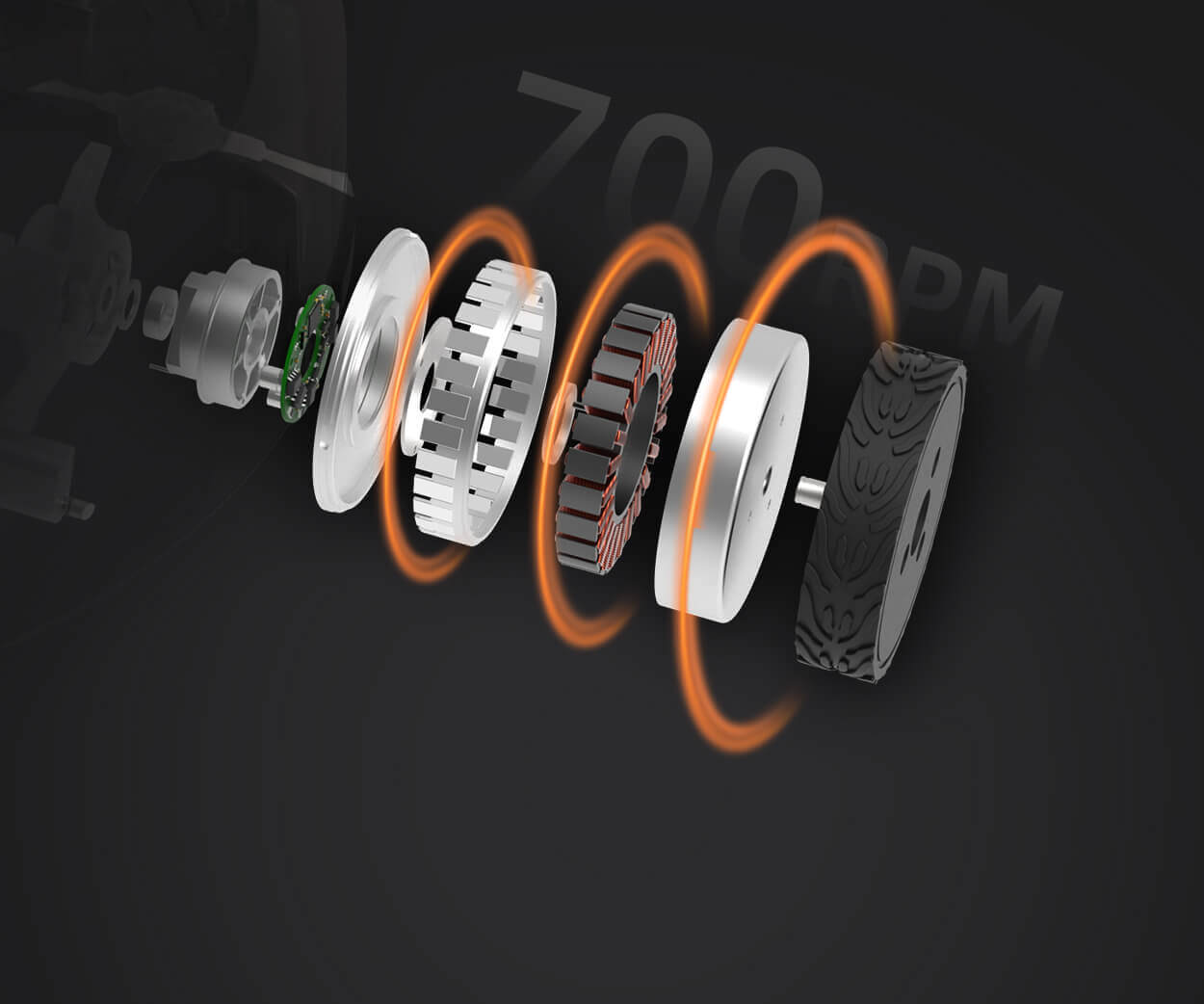Understanding the Fundamentals: What Are Step Motors and Servo Motors?
In the fascinating world of automation, robotics, and CNC machinery, choosing the right type of motor is crucial for performance, efficiency, and accuracy. Among the plethora of options available, two stand out as leading contenders: step motors and servo motors. Despite their common goal of precise motion control, they differ fundamentally in design, operation, and applications.

What Is a Step Motor?
A step motor, or stepper motor, is a type of brushless DC electric motor designed to move in discrete, fixed angular increments known as steps. Think of it as a highly controlled, digital motor—each pulse sent to the motor causes it to move precisely one step. This incremental movement makes step motors an excellent choice for applications requiring accurate positioning without complex feedback systems.
Main characteristics include:
Open-loop Control: Most step motors operate without feedback (though closed-loop variants exist), relying on pulse counts to determine position. Cost-Effectiveness: Generally more affordable and easier to implement, making them popular in various industries. High Holding Torque: When stationary, these motors maintain position firmly, resisting external forces. Simple Drive Electronics: Simple pulse control signals suffice for operation, simplifying system design.
Common applications include 3D printers, CNC routers, camera platforms, and automated valves, where precise, incremental movement is necessary.
What Is a Servo Motor?
Servo motors, in contrast, incorporate sophisticated control systems that combine a high-performance motor with feedback devices—like encoders or resolvers—and a dedicated controller. This closed-loop setup constantly monitors the motor's position, speed, and torque, making real-time adjustments to ensure precise operation.
Main features include:
Closed-loop Control: Continuous feedback allows for highly accurate and dynamic movement. Higher Precision & Speed: Capable of very fine positioning and rapid response to control signals. Better Torque at High Speeds: Particularly advantageous in demanding applications with high acceleration. Complex Drive Electronics: These systems require more advanced controllers capable of processing feedback data.
Servo motors excel in applications like industrial robots, aerospace automation, and heavy-duty machinery, where high accuracy, efficiency, and responsiveness are vital.
Key Differences at a Glance
Feature Step Motor Servo Motor Control Method Open-loop (minor closed-loop variants exist) Closed-loop with feedback Cost Generally lower Usually more expensive Complexity Simpler electronics More complex, requiring advanced controllers Precision Good for fixed steps; less flexible Highly precise, continuous control Speed & Torque Moderate speeds, high torque at low speeds High speeds, high torque at various speeds Applications 3D printing, CNC, automation basics Robotics, aerospace, high-speed automation
Choosing Between Them
Deciding whether to go with a step motor or a servo motor hinges on your specific application needs. Are you seeking simple, reliable positioning with budget-friendly components? The step motor may be your best bet. Conversely, if your project demands rapid, high-precision movements with variable loads, a servo motor's sophistication may justify its higher cost.
In the following sections, we’ll dive deeper into each motor’s inner workings, benefits, limitations, and real-world applications to empower you in making an informed choice. Whether you're designing a robotic arm, developing an industrial automation system, or simply curious about how these powerful devices operate, understanding their distinctions is the first step toward optimizing your project.
Leveraging innovations in modular drive technology, Kpower integrates high-performance motors, precision reducers, and multi-protocol control systems to provide efficient and customized smart drive system solutions.




































